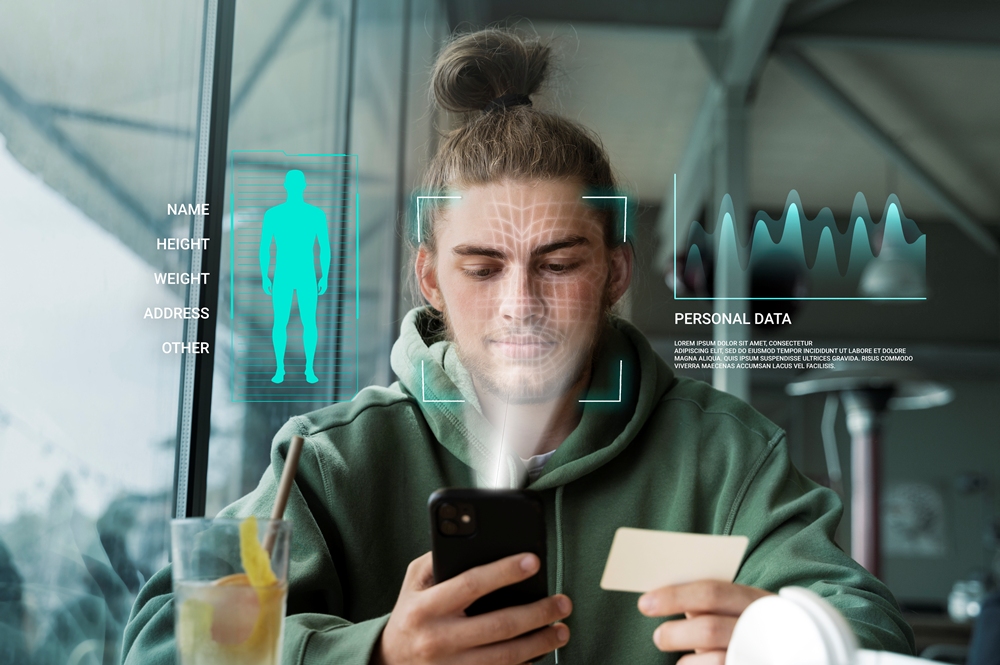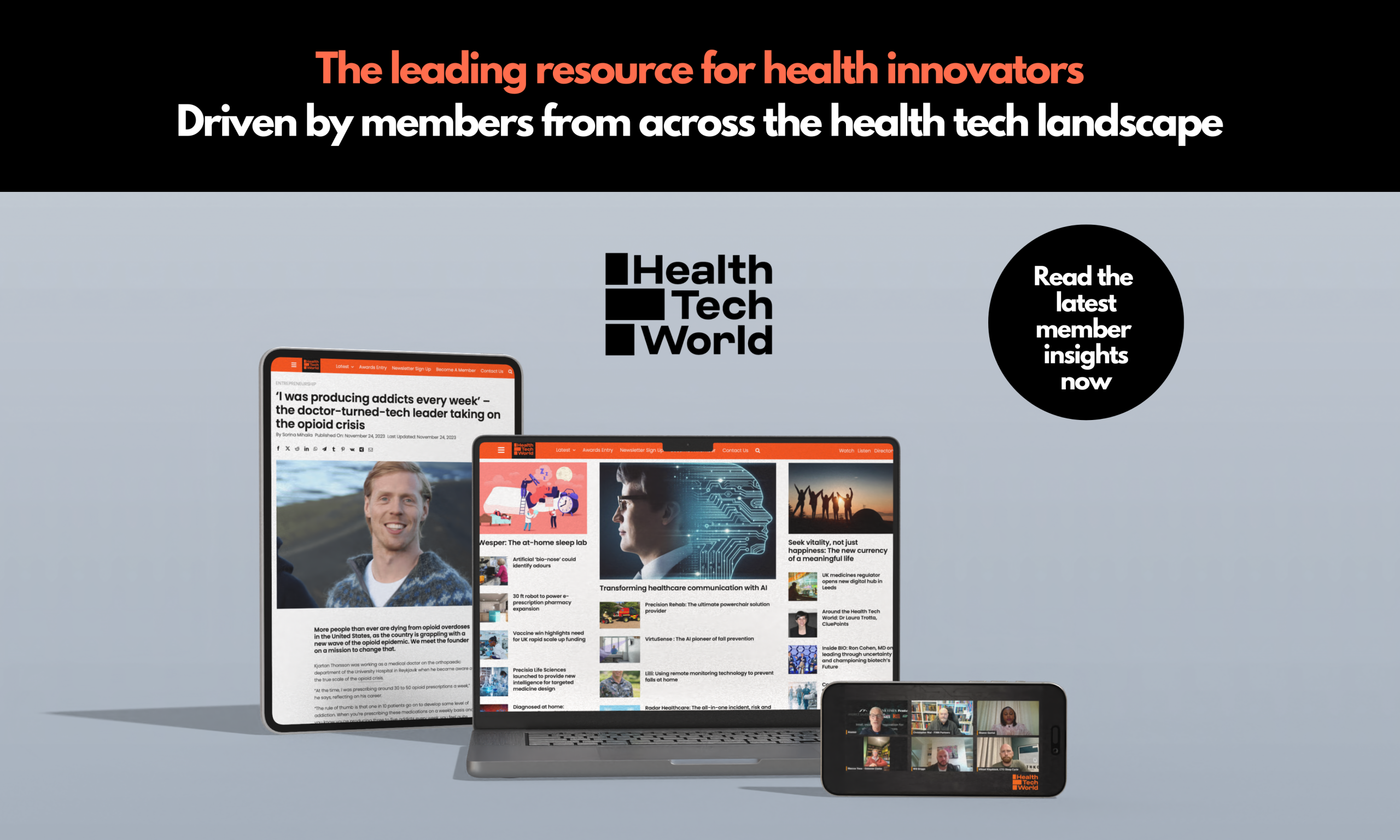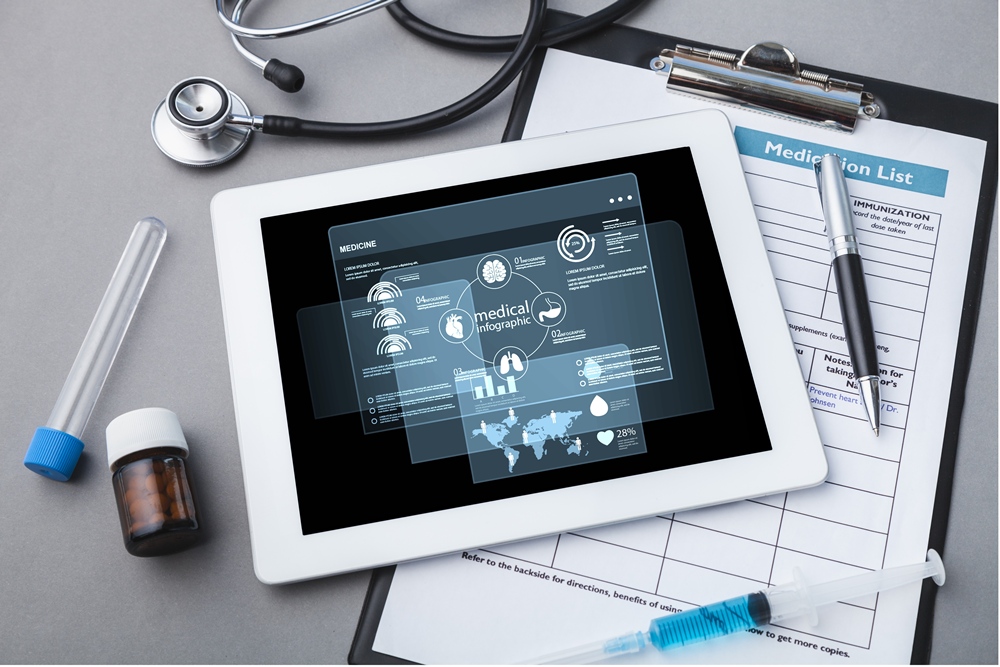
Artificial intelligence can forecast people’s risk of more than 1,000 diseases up to 10 years ahead by detecting patterns in medical records, research shows.
The system, called Delphi-2M, estimates the likelihood of 1,231 diseases by analysing hospital admissions, GP records and lifestyle factors to project future health outcomes.
It uses similar technology to chatbots like ChatGPT but is trained on anonymous medical records rather than language.
Instead of exact dates, it provides probabilities of disease, working more like a health forecast.
The research was carried out by the European Molecular Biology Laboratory, the German Cancer Research Centre (DKFZ) and the University of Copenhagen.
Prof Ewan Birney, interim executive director of the European Molecular Biology Laboratory, said: “So, just like weather, where we could have a 70 per cent chance of rain, we can do that for healthcare.
“And we can do that not just for one disease, but all diseases at the same time – we’ve never been able to do that before. I’m excited.”
The model was developed using anonymous UK data from more than 400,000 people in the UK Biobank project, then tested on other participants and validated with 1.9m medical records in Denmark.
The model performs best for diseases with clear progression patterns, such as type 2 diabetes, heart attacks and sepsis – a life-threatening reaction to infection – rather than random events.
Prof Birney said the Danish testing showed strong accuracy: “If our model says it’s a one-in-10 risk for the next year, it really does seem like it turns out to be one in 10.”
Researchers say the AI could help identify high-risk patients early enough for preventive action.
This could mean prescribing medicines or giving lifestyle advice, such as reducing alcohol intake to lower liver disease risk.
It could also guide screening programmes and forecast demand on services – for example, estimating how many heart attacks will occur in Norwich in 2030 to help allocate resources.
“This is the beginning of a new way to understand human health and disease progression,” said Prof Moritz Gerstung, head of the division of AI in oncology at DKFZ.
“Generative models such as ours could one day help personalise care and anticipate healthcare needs at scale.”
The model still needs refinement and testing before it can be used clinically.
One limitation is potential bias, as the Biobank data mainly covers people aged 40 to 70.
Work is under way to add more medical data, including imaging, genetics and blood analysis.
Prof Birney said: “Just to stress, this is research – everything needs to be tested and well-regulated and thought about before it’s used, but the technology is here to make these kinds of predictions.”
He compared its future path to genomics in healthcare, which took about a decade to progress from research to routine clinical use.
Prof Gustavo Sudre, a neuroimaging and AI researcher at King’s College London not involved in the work, said: “This research looks to be a significant step towards scalable, interpretable and – most importantly – ethically responsible predictive modelling in medicine.”







